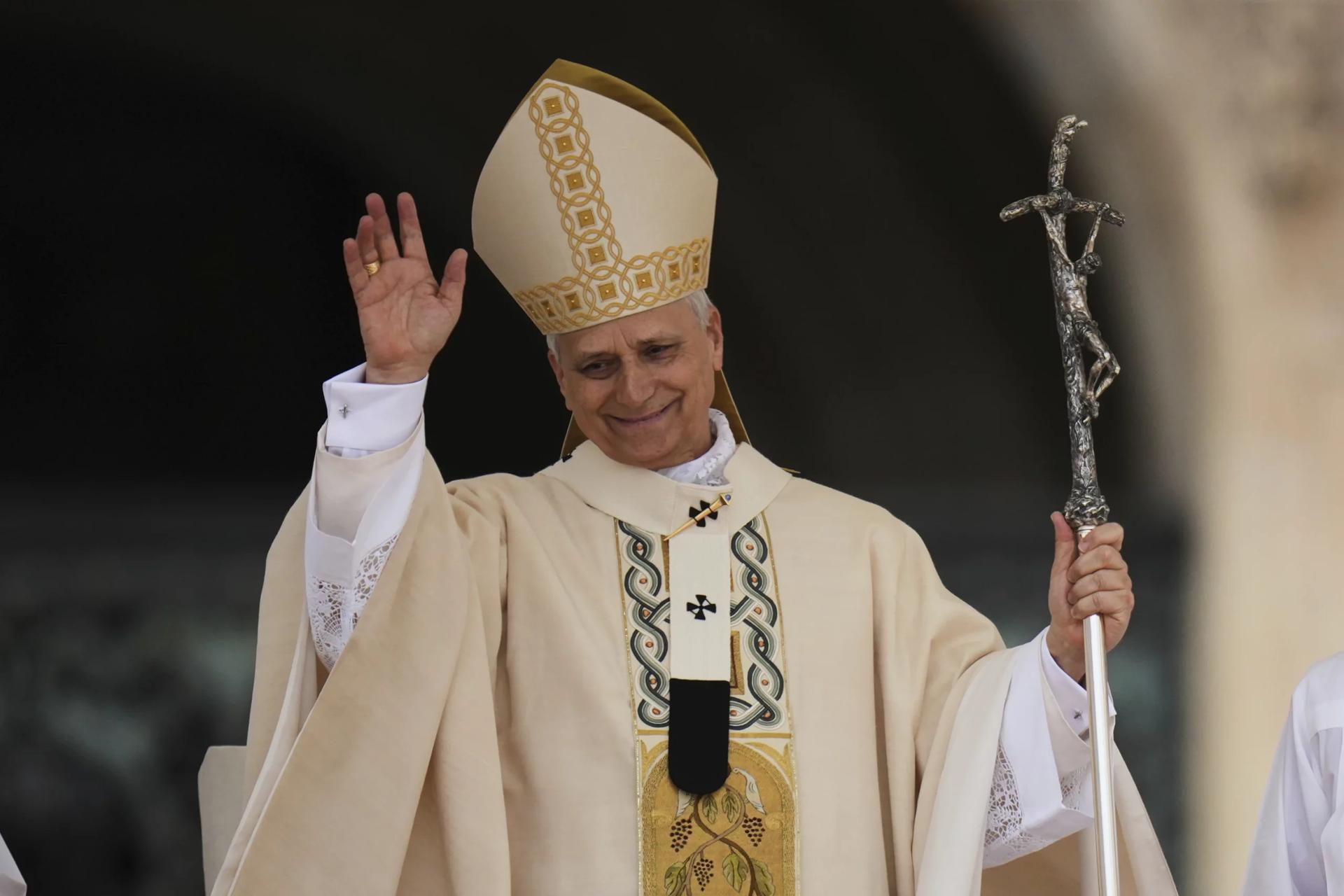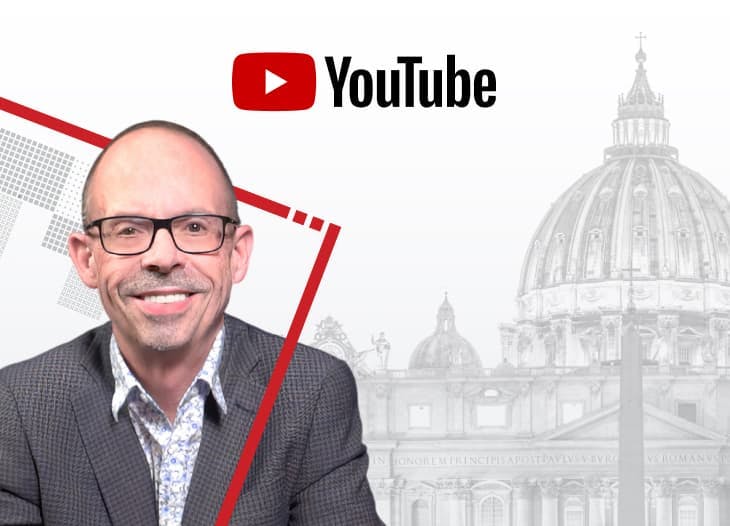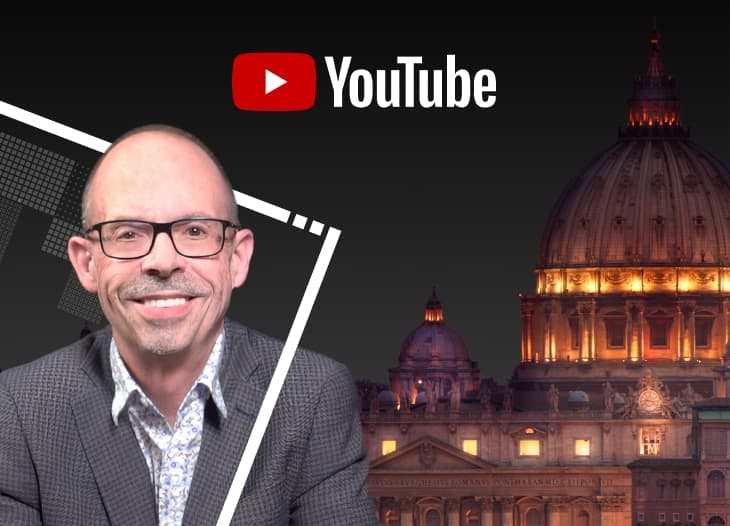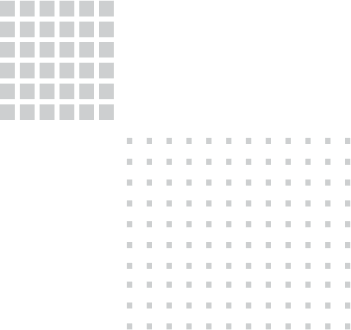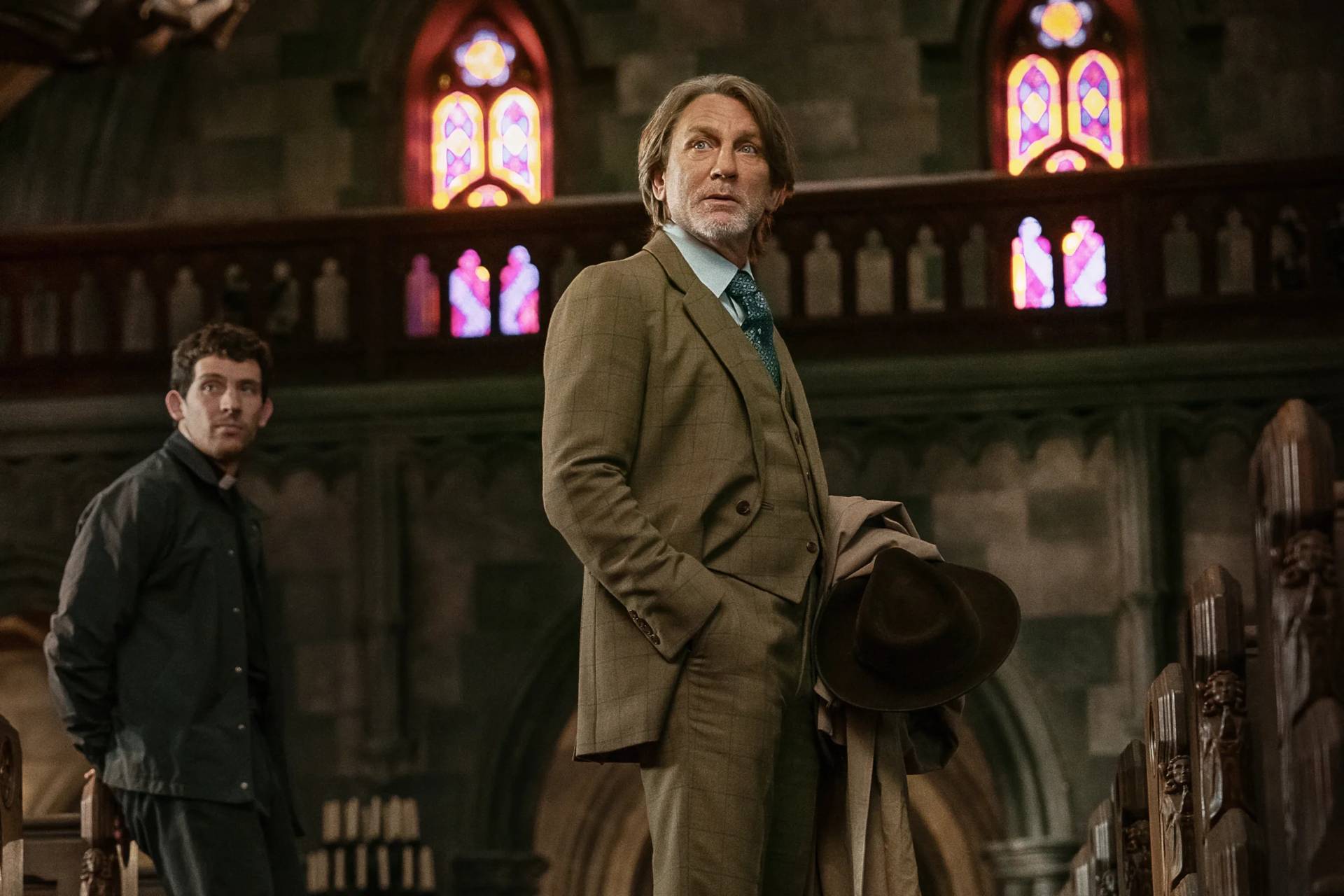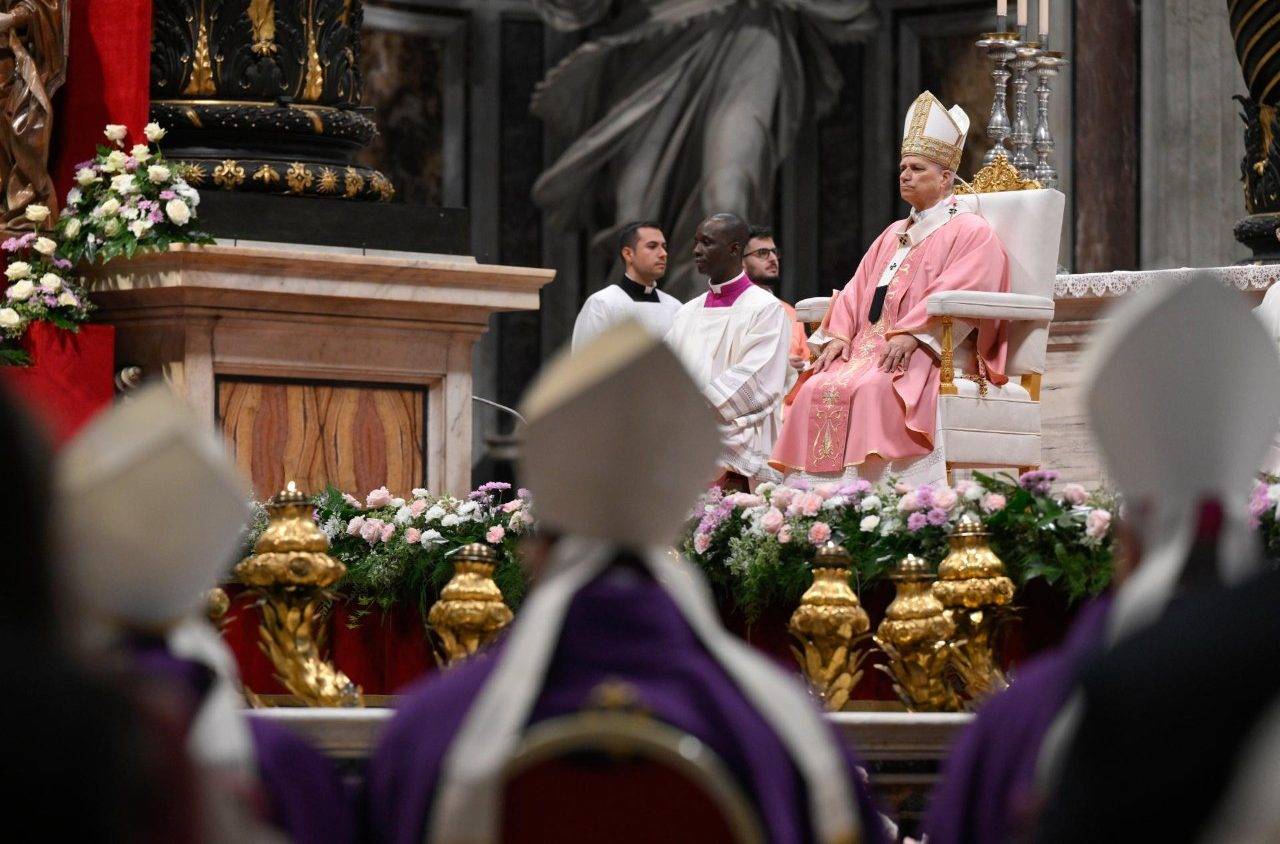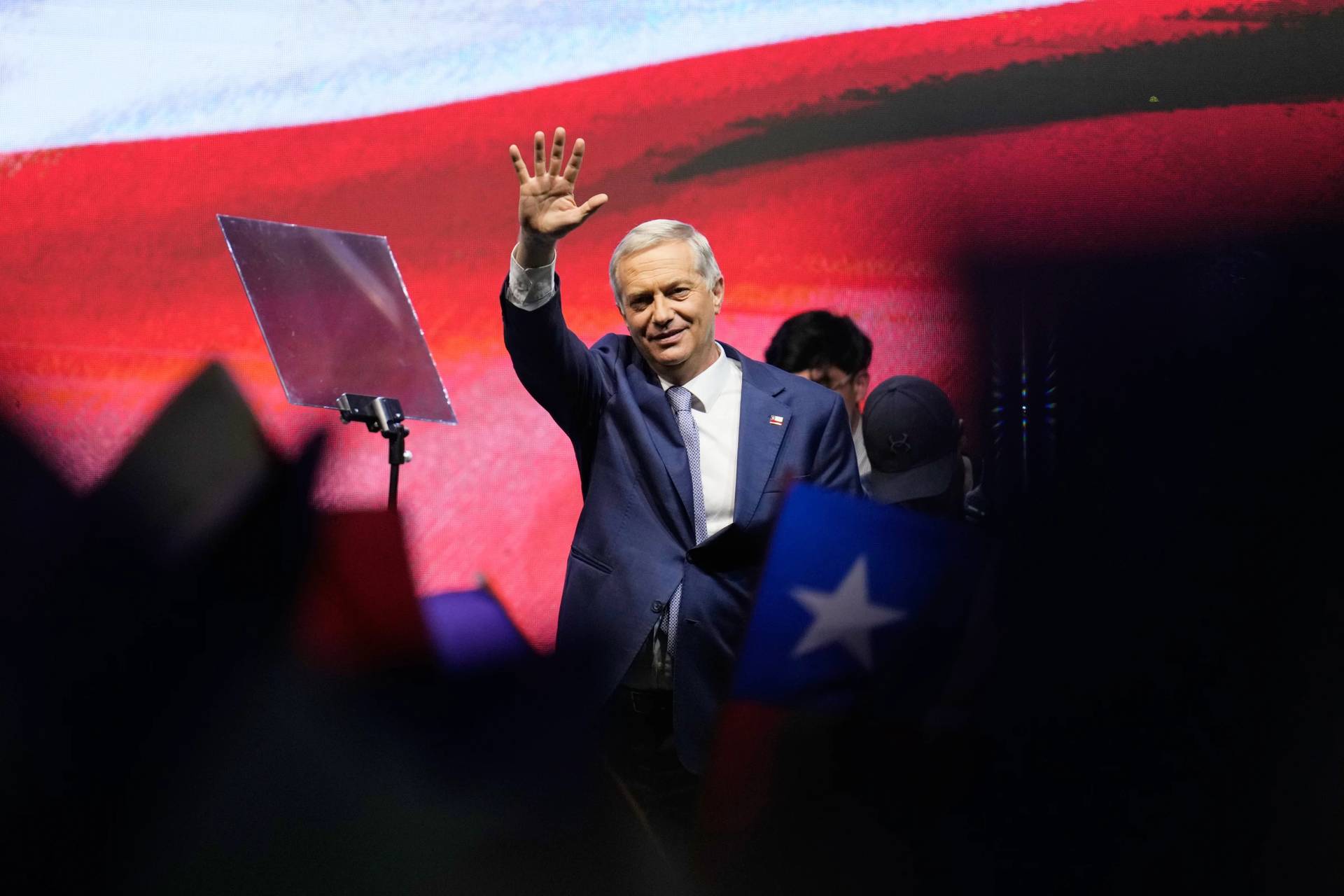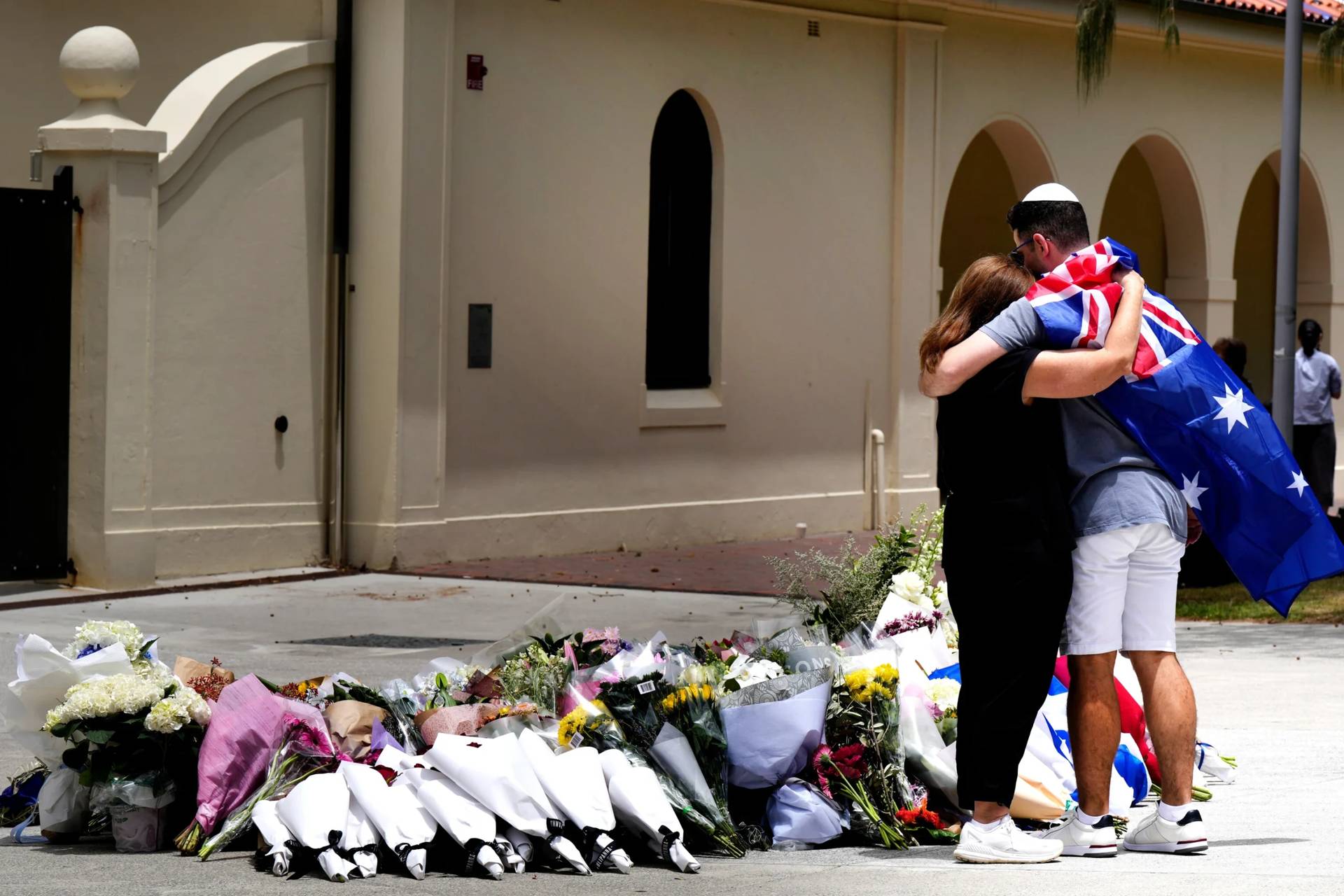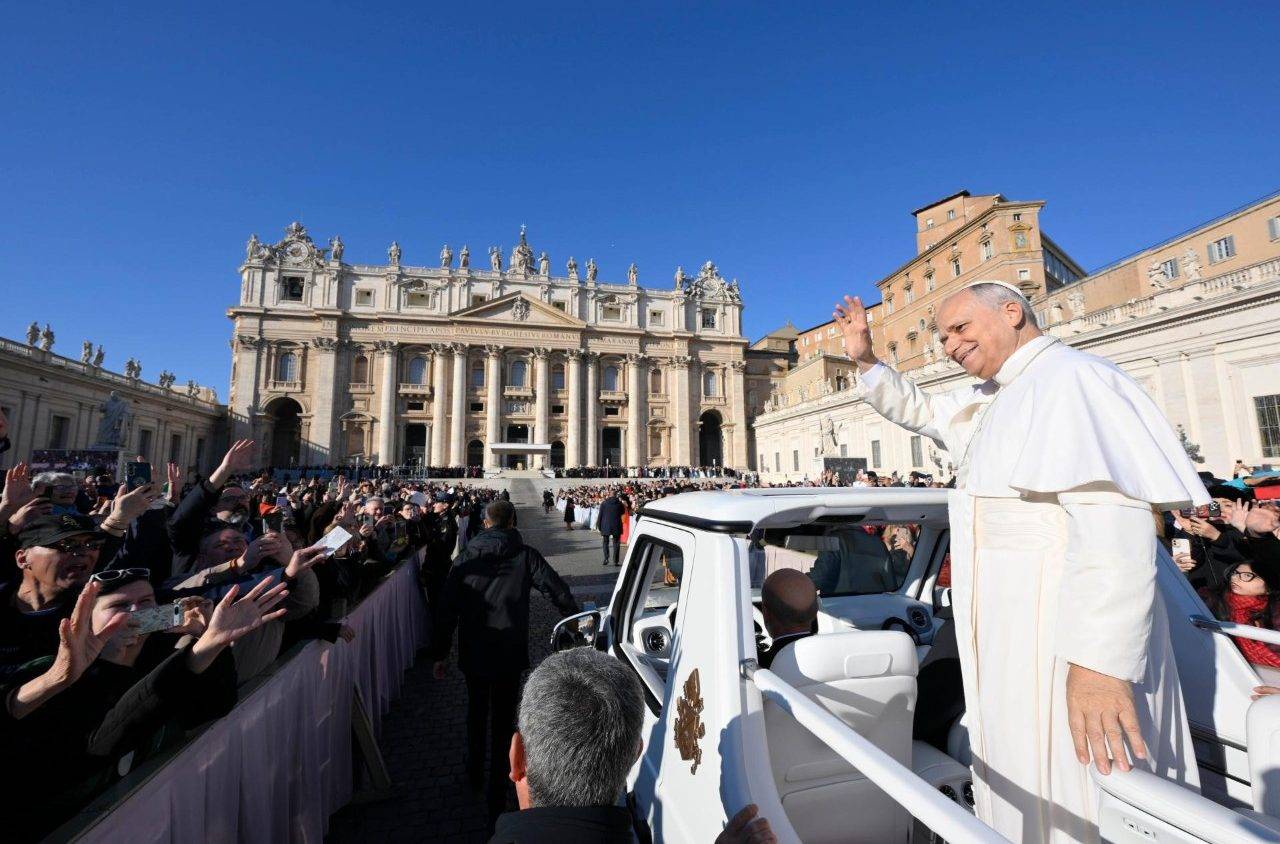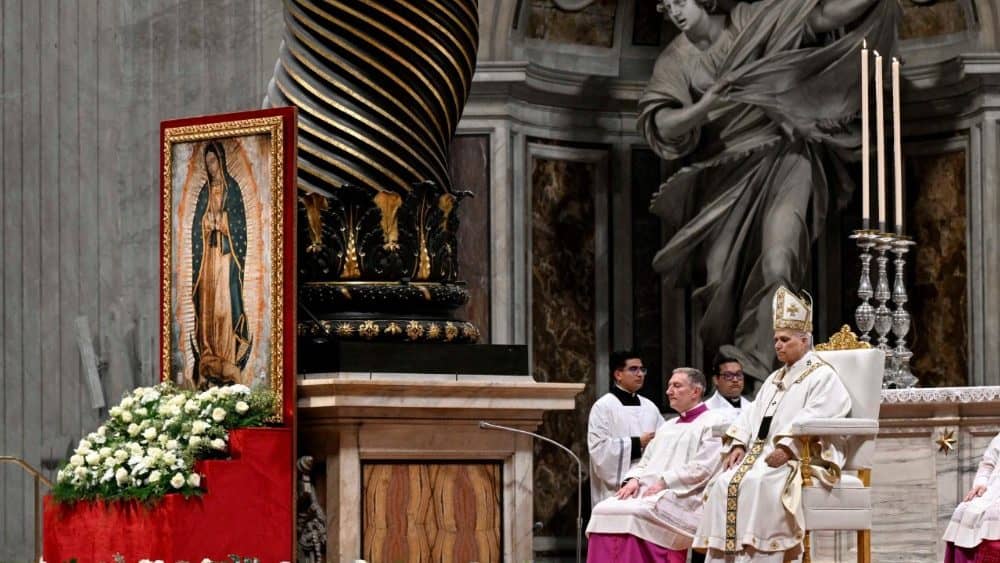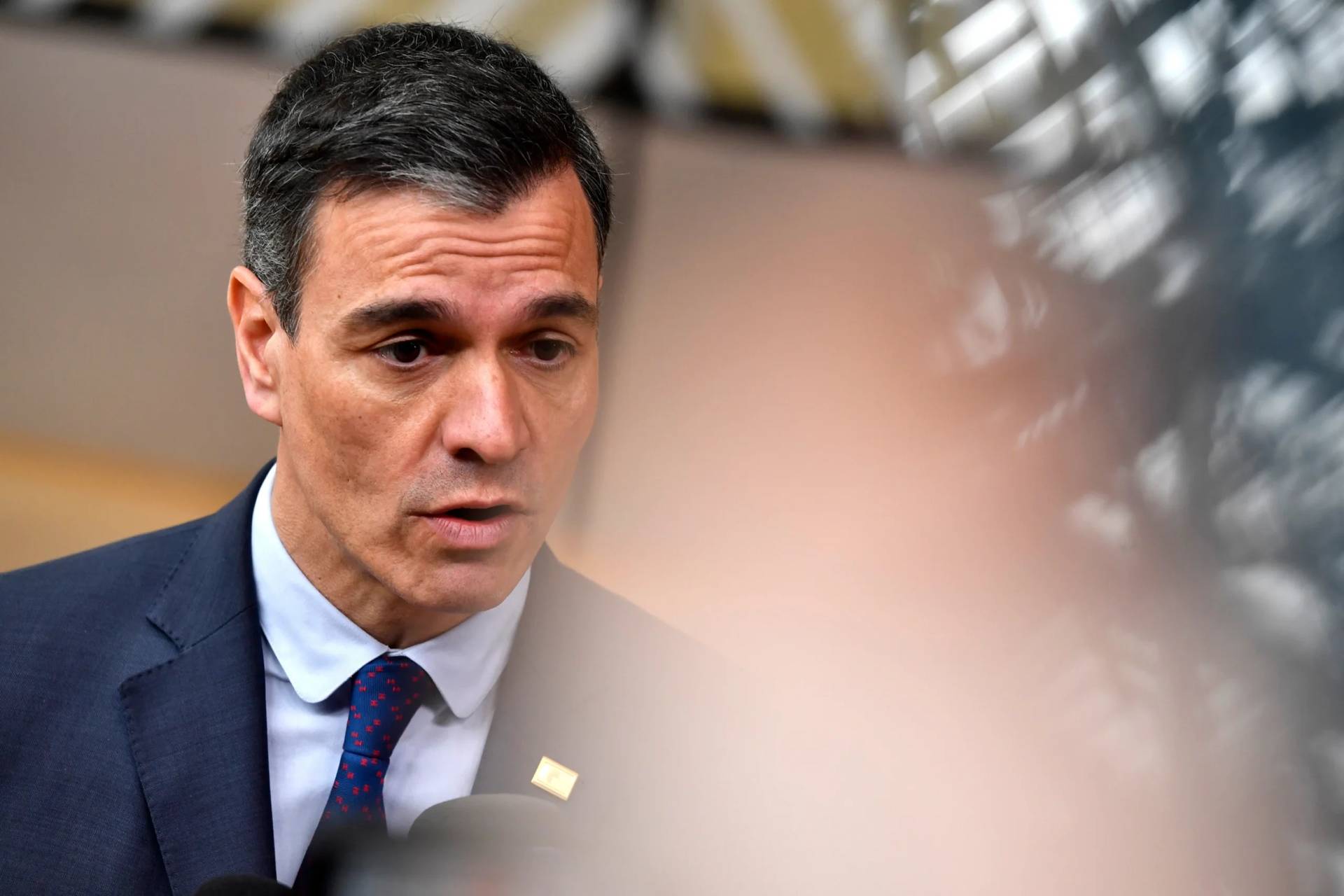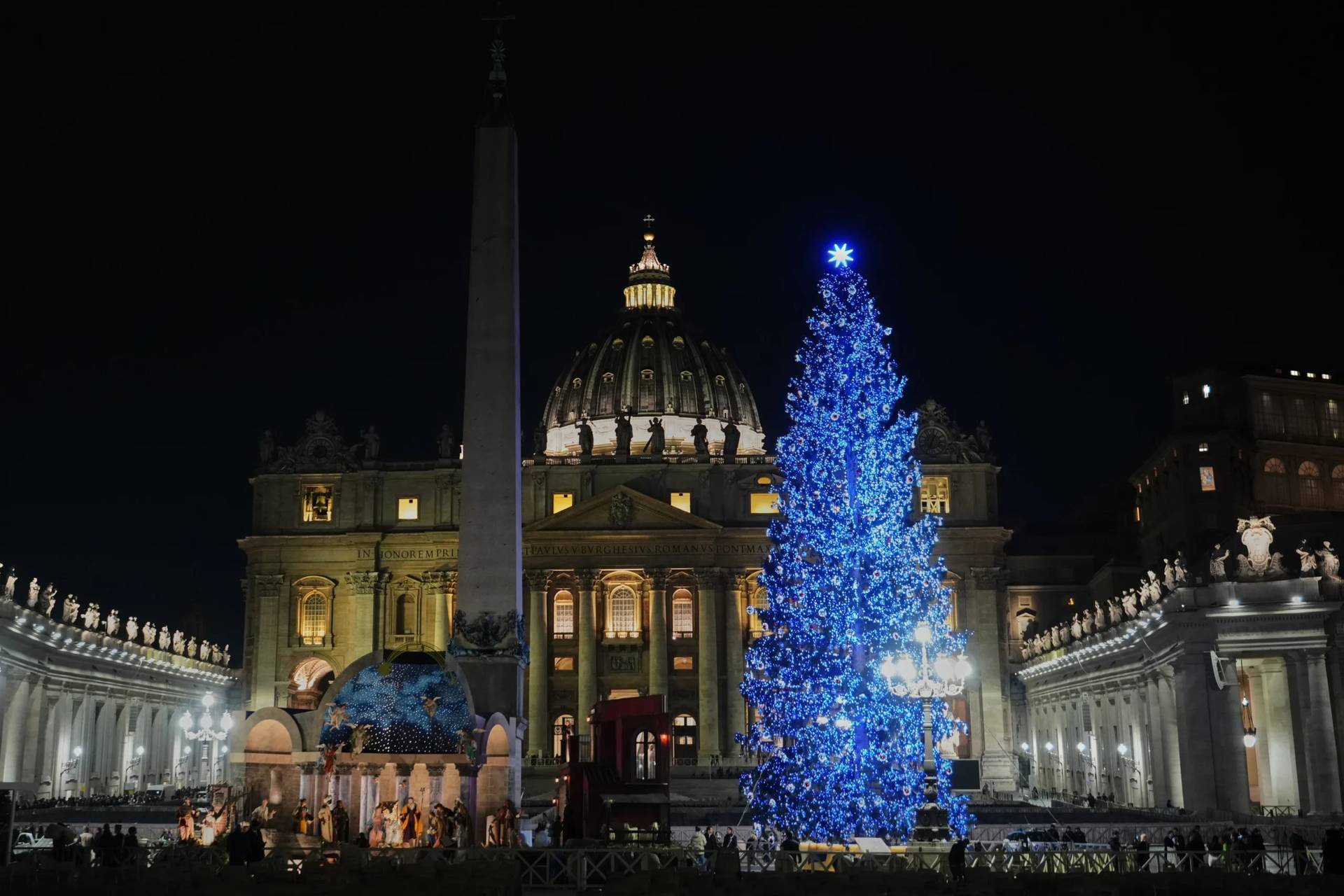He has only been in office for a month, but every word and action of Pope Leo XIV has been analyzed extensively by the media trying to determine the mentality of the new pontiff, elected on May 8, just a few weeks after Pope Francis died on April 21.
Most of what Leo has done was already prepared for his predecessor, including the men he has appointed bishops, and the meetings with officials he has held. Even many of his homilies and speeches were probably drawn from things originally written for Francis.
As Leo himself pointed out on May 24: “Popes pass away, but the Curia remains.”
Also, it is June. The Vatican generally slows down for the summer, and real decisions and changes don’t start to happen until September.
Which is why it is interesting that on Wednesday the Office of Liturgical Celebrations issued a statement on preparations for the Solemnity of the Saints Apostles Peter and Paul taking place in Saint Peter’s Basilica on June 29.
RELATED: Does the concept of ‘Synodality’ have running power?
The document said “the Holy Father Leo XIV will preside over the Eucharistic Celebration, bless the Pallia and impose them on the new Metropolitan Archbishops.”
The pallium is the white band made from lamb wool given to metropolitan archbishops, and represent their connection to the Roman pontiff.
The pallium has six black silk crosses, and dates back to the fifth century. However, Pope St. John Paul II mandated they be instituted by the pontiff himself.
However, in 2015, Pope Francis instead just gave the pallium to the archbishops during the June 29 Mass, and they were installed later in the home archdiocese of the recipient in a ceremony conducted by the papal nuncio of the country.
“The meaning of this change is to put more emphasis on the relationship of the metropolitan archbishops – the newly nominated – with their local Church,” said then-Monsignor Guido Marini, who was serving as Papal Master of Ceremonies, in a Jan. 29, 2015, interview with Vatican Radio. (Marini is now Bishop of Tortona in Italy.)
In 2015, Marini said the change was part of “that journey of synodality in the Catholic Church which, from the beginning of his pontificate, [Pope Francis] has constantly emphasized as particularly urgent and precious at this time in the history of the Church.”
He said moving the institution of the pallium to the home archdiocese “will greatly favor the participation of the local Church in an important moment of its life and history.”
The emeritus archbishop of San Francisco, John R. Quinn, in 2015 told America Magazine that changing the pallium policy was a means by Pope Francis “to underline synodality in the Church,” adding the change “becomes a reminder to the Archbishop, to his own diocese and to the bishops and dioceses of his Metropolitan Province that they are being called to open new paths to a true synodality of participation and communion in their churches.”
(Quinn died June 22, 2017.)
On May 19, Pope Leo told Christian leaders “synodality and ecumenism are closely linked.”
“I wish to assure you of my intention to continue Pope Francis’s commitment to promoting the synodal character of the Catholic Church and to developing new and concrete forms for an ever more intense synodality in the ecumenical field,” the new pontiff said at the time.
For over a decade, the Vatican has had problems defining what it means when it uses the word “synodality: Is it more like the lawmaking structure found in the Eastern Churches, much of which was overtaken in the West by the authority of the popes; or is it related to the talking shop format used in the Synod of Bishops founded after Vatican II?
Before becoming Pope Leo, the American-born Robert Francis Prevost was serving as Prefect of the Dicastery for Bishops, so even a small change to the treatment of new archbishops will be sending a signal.
The move of the imposition of the pallium from Rome to the home archdioceses of the archbishops was one of the first official acts concerning one of Pope Francis’s key programs.
Pope Leo has mentioned “synodality” several times in his short time in his new role. On June 29, the Church will get its first indication on how he defines the term.
Follow Charles Collins on X: @CharlesinRome
